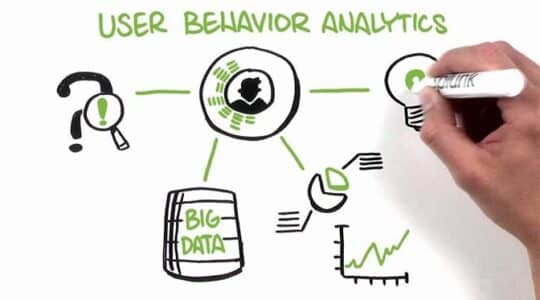
Protecting Your Digital Life: How to Prevent Phishing Attacks
The internet is a vast, interconnected world that offers us unparalleled convenience, information, and communication. However, it’s also a breeding ground for cyber threats, with phishing attacks being one of the most common and dangerous. Phishing is a deceptive tactic used by cybercriminals to trick individuals into revealing sensitive information such as passwords, credit card numbers, or personal details. Fortunately, with awareness and a few precautionary measures, you can prevent phishing attacks and safeguard your digital life.
1. Educate Yourself and Stay Informed
One of the first and most crucial steps in preventing phishing attacks is education. Awareness is your best defense. Understand what phishing is, how it works, and what phishing attempts may look like. Phishing emails or messages often appear legitimate, mimicking trusted sources or organizations, but they contain subtle clues that reveal their true nature.
2. Be Skeptical of Unsolicited Communications
Phishing attacks often start with an unsolicited email, text message, or even a phone call. If you didn’t expect to receive a communication from a specific person or organization, be cautious. Verify the sender’s identity by checking email addresses or phone numbers. Look for irregularities, like misspelled domain names or unfamiliar sender addresses.
3. Avoid Clicking on Suspicious Links
Phishers often use enticing links to lure you into clicking. Hover your mouse over the link without clicking to preview the URL. If the link seems unrelated to the email’s content or takes you to a site with a different domain than expected, don’t click on it. Instead, manually type the website’s URL into your browser.
4. Don’t Share Personal or Financial Information
Legitimate organizations will never ask you to share sensitive information like passwords, credit card details, or Social Security numbers via email. If you receive such a request, consider it a red flag. If you’re unsure, contact the organization directly using official contact information from their website or another trusted source.
5. Use Multi-Factor Authentication (MFA)
MFA adds an extra layer of security to your accounts. Even if a phisher obtains your password, they won’t be able to access your account without the second verification method, such as a code sent to your phone. Enable MFA whenever possible to enhance your protection.
6. Keep Software and Security Tools Up-to-Date
Phishing attacks can also exploit vulnerabilities in your software or operating system. Keep your software, browsers, and antivirus programs updated. These updates often include security patches that protect against known vulnerabilities.
7. Implement Email Filtering and Spam Detection
Utilize email filtering and spam detection features provided by your email service or use third-party email security software. These tools can help detect and filter out phishing emails before they reach your inbox.
8. Use a Reputable Password Manager
Password managers help you create and store strong, unique passwords for each of your online accounts. They can also alert you to potential security breaches and prompt you to change your password if a site you use is compromised.
9. Regularly Monitor Your Financial Statements
Frequently review your bank and credit card statements for unauthorized transactions. Consider using a credit monitoring service. Catching fraudulent activity early can prevent further damage.
10. Report Phishing Attempts
If you receive a phishing email, report it to your email provider and any relevant authorities. Here is the link to report in Canada. Reporting helps in tracking and shutting down phishing operations.
11. Employ Security Awareness Training
If you run a business, consider providing security awareness training to your employees. Many successful phishing attacks occur in corporate settings. Educated employees are less likely to fall victim to phishing attempts.
In a digital age, where personal and financial information is increasingly stored online, the risk of phishing attacks remains a real and persistent threat. By following these preventative measures and remaining vigilant, you can significantly reduce your vulnerability to these attacks and protect your digital life. Phishing attacks may be cunning, but with knowledge and caution, you can prevent phishing attacks and keep your information safe.




